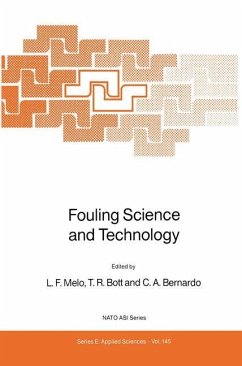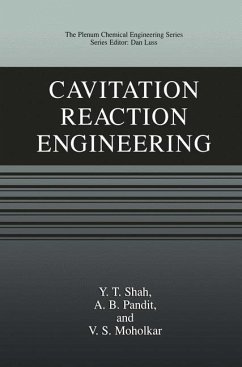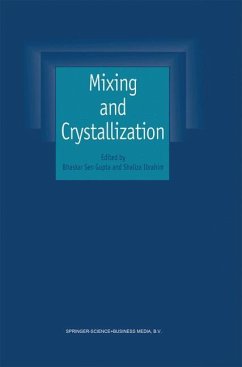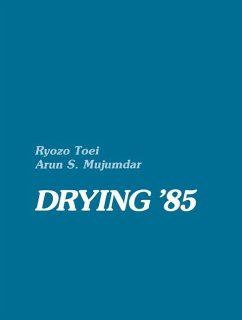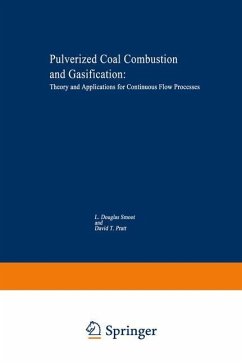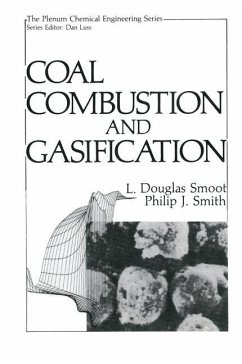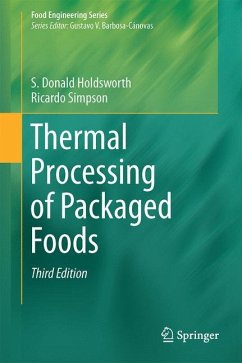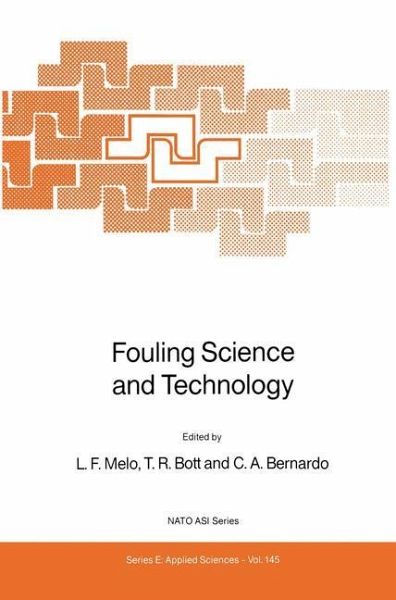
Fouling Science and Technology

PAYBACK Punkte
210 °P sammeln!
The fouling of heat exchangers, reactors and catalysts remains one of the most urgent problems facing the process industries. Over the past ten years there has been limited research and investigation into the underlying mechanisms which give rise to this problem. For convenience, particularly in heat exchanger technology, the mechanisms involved have been subdivided into different subject areas. It is often the situation that individuals or groups of workers have concentra ted efforts in one or two of these specialist areas and there is a need to integrate the ideas across the whole spectrum o...
The fouling of heat exchangers, reactors and catalysts remains one of the most urgent problems facing the process industries. Over the past ten years there has been limited research and investigation into the underlying mechanisms which give rise to this problem. For convenience, particularly in heat exchanger technology, the mechanisms involved have been subdivided into different subject areas. It is often the situation that individuals or groups of workers have concentra ted efforts in one or two of these specialist areas and there is a need to integrate the ideas across the whole spectrum of the subject. In addition, topics such as adhesion and surface phenomena have not been properly taken into account up till now in the assessment of the fouling processes. For this reason it was considered essential that the recognised experts from around the world, who are actively concerned with research, development and design in the fieId, should meet and exchange ideas and experience. Such a meeting was held at Alvor, Portugal, in May 1987, sponsored by the NATO Advanced St~dy Institutes Programme. In order to obtain a common basis for the work of the Advanced Study Institute, the whole technological field was reviewed right from the basic concepts to the frontiers of present knowledge. Each invited contributor was asked to make an overall presentation covering his or her area of expertise.





